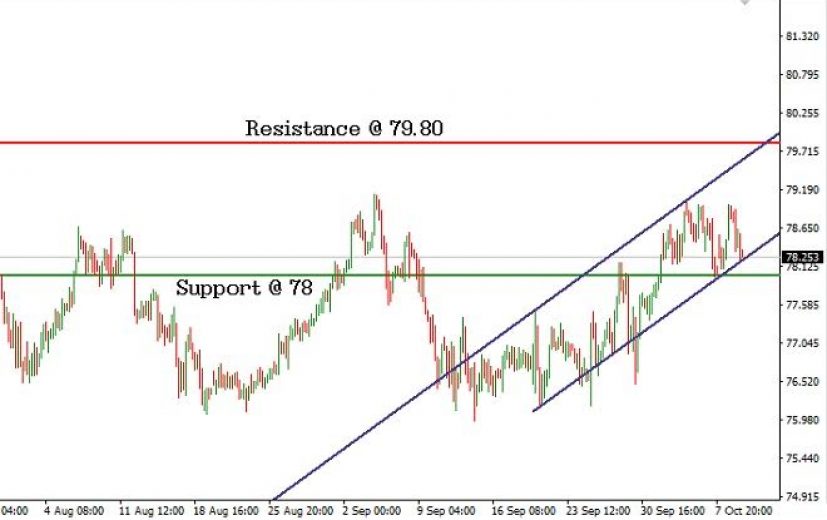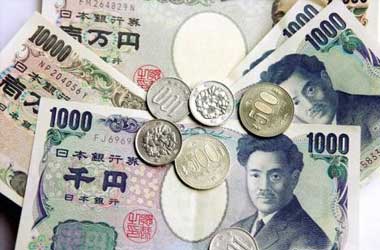 On September 23, we had suggested currency traders to take a long position in the AUD/JPY pair near 76.70, with a target of 78.20. For binary traders, we had recommended the purchase of a one touch call option. The target was achieved in less than two weeks’ time.
On September 23, we had suggested currency traders to take a long position in the AUD/JPY pair near 76.70, with a target of 78.20. For binary traders, we had recommended the purchase of a one touch call option. The target was achieved in less than two weeks’ time.
In fact, the cross hit a high of 79.008. The currency pair is currently consolidating at 78.20 levels. Several analysts have indicated that the strength of the Australian dollar is beginning to wane. However, in the case of the AUD/JPY pair, for the reasons mentioned below, we firmly believe that the uptrend is still intact.
The two principal factors which keep the Australian dollar bullish is the price of commodities (iron ore and coal) and the interest rate. Iron ore continues to surprise the analysts by staying firm at around $55 per ton. The Australian Office of the Chief Economist has upwardly revised the 2017 price forecast of iron ore to $47 per ton, from the previous outlook of $43 per ton. The coking coal used in the metallurgy is trading at four year high of about $206 per ton. Finally, the Australian benchmark interest rate of 1.5% is extremely attractive to investors.
S&P Global Platts
No url attribute defined!On September 22, the Reserve Bank of Australia’s Governor Philip Lowe expressed his optimism about the economy in his first statement to the House of Representatives Standing Committee on Economics. Lowe stated that the worst seems to be over in the mining sector and the Australia would soon begin to see better terms of trade. Lowe further opined that an improvement in the commodity prices would soon result in an increase in the wages. More importantly, Lowe stated that he is willing to bear with an inflation rate below the target level of between 2% and 3%. The analysts believe that the RBA is quite comfortable with the current exchange rate and the probability of another rate cut is quite low.
In the case of Japan, in line with the decision taken in the previous monetary policy meeting, the BoJ trimmed its long-term debt (10-year maturity) purchase to Y410 billion ($4.04 billion). The BoJ aims to maintain the yield curve near zero, so that the financial institutions do not fall in trouble. Thus, as of now, the speculators will be wary of adding to bullish positions on the Yen. So, fundamentally, we predict the AUD/JPY to rise further.
The AUD/JPY pair is moving within an ascending channel as shown in the chart. The pair also has an established support at 78. Assuming that the price would not violate the lower band of the channel, we forecast a target of 79.80 (next potential resistance R1) for the AUD/JPY pair.
So, a currency trader can take a long position at about 78.20. To avoid incurring huge losses from an unexpected trend reversal, a stop loss order can be placed 100 pips below the lower band. The long position can be sold near the R1 level.
Likewise, a one touch call option can be purchased by a binary trader to speculate on the rise in the AUD/JPY pair. The target level for the advised trade should be 79.80 or lower. Finally, the trader should choose an expiry date such that the contract remains valid for at least four weeks from the date of purchase.





